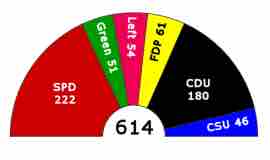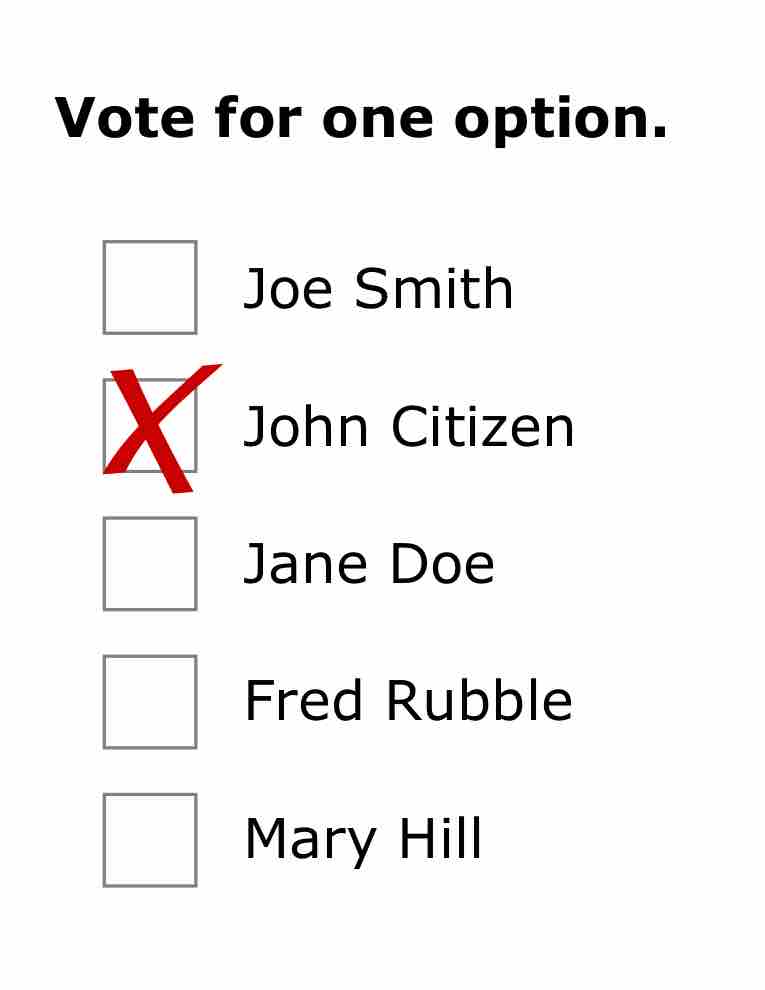Introduction
A voting system is a method by which voters make a choice between options, often in an election or on a policy referendum. A voting system contains rules for valid voting, and how votes are counted and aggregated to yield a final result. Common voting systems are majority rule, proportional representation, or plurality voting with a number of variations and methods such as first-past-the-post or preferential voting. The study of formally defined voting systems is called social choice theory, a subfield of political science, economics, and mathematics.
Majority Rule
Majority rule is a decision rule that selects the option which has a majority, that is, more than half the votes. It is the binary decision rule used most often in influential decision-making bodies, including the legislatures of democratic nations. Some scholars have recommended against the use of majority rule, at least under certain circumstances, due to an ostensible trade-off between the benefits of majority rule and other values important to a democratic society. Being a binary decision rule, majority rule has little use in public elections, with many referendums being an exception. However, it is frequently used in legislatures and other bodies in which alternatives can be considered and amended in a process of deliberation until the final version of a proposal is adopted or rejected by majority rule.
Proportional Representation
Proportional representation (PR) is a concept in voting systems used to elect an assembly or council. Proportional representation means that the number of seats won by a party or group of candidates is proportionate to the number of votes received . For example, under a PR voting system if 30% of voters support a particular party then roughly 30% of seats will be won by that party. Proportional representation is an alternative to voting systems based on single member districts or on bloc voting; these non-PR systems tend to produce disproportionate outcomes and to have a bias in favor of larger political groups. PR systems tend to produce a proliferation of political parties, while single member districts encourage a two-party system.

German federal election, 2005
Seats won by each party in the 2005 German federal election, an example of a proportional voting system.
Plurality Voting System
The plurality voting system is a single-winner voting system often used to elect executive officers or to elect members of a legislative assembly that is based on single-member constituencies . This voting method is also used in multi-member constituencies in what is referred to as an exhaustive counting system where one member is elected at a time and the process repeated until the number of vacancies is filled. In political science, the use of the plurality voting system alongside multiple, single-winner constituencies to elect a multi-member body is often referred to as single-member district plurality (SMDP).

Plurality ballot
An example of a plurality ballot.